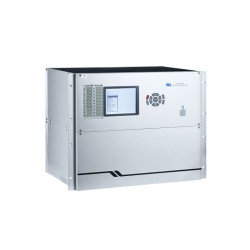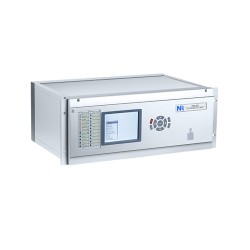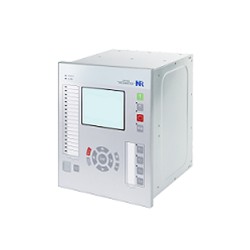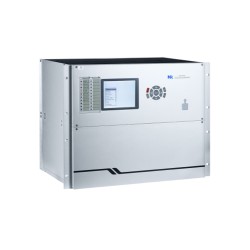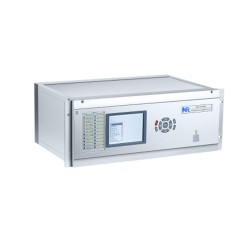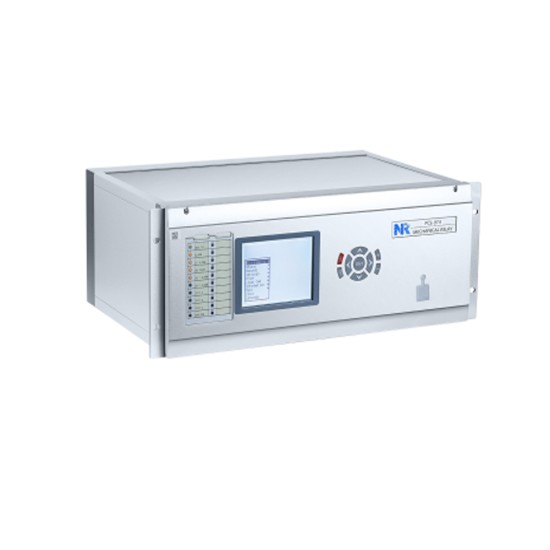
- Stock: In Stock
- Model: PCS-974
Overview:
PCS-974 is a dedicated auxiliary relay for transformer nonelectrical protection. This IED provides sixteen high-powerpickup binary inputs for mechanical element monitoring, alarming and tripping. The high-power-pickup design reduces the risk of Electro-Magnetic Interference (EMI) in order to improve reliability. Generally, mechanical relays include winding temperature relays, oil temperature relays and buchholz relays. The relay can be used for transformer and generator protection.
The PCS-974 is compatible with IEC 61850 station bus and process bus applications. It supports IEC 61850-8-1 MMS, GOOSE and IEC 61850-9-2 Sampling Value. The RJ-45 faceplate port is provided for testing and setting in effort to make commissioning and maintenance easier.
Protection and Control:
-
Up to sixteen channels of mechanical protection (26: oil and winding temperature; 63: gas, pressure; 71: oil level; etc
-
Self diagnostic
-
Event recorder including 1024 change-of-binary-input events, 1024 supervision events and 1024 operating logs
-
Clock synchronization using IRIG-B, SNTP, PPS (Pulse-Per- Second) and PPM (Pulse-Per-Minute) logs
Communcation:
-
Up to four 10Base-T/100Base-TX copper Ethernet ports using IEC 61850, DNP3.0 or IEC 60870-5-103 over TCP/IP
-
Up to two 100Base-FX optical Ethernet ports using IEC 61850, DNP3.0 or IEC 60870-5-103 over TCP/IP ( Sharing two copper Ethernet ports)
-
Two RS-485 serial ports using IEC 60870-5-103
-
One RS-485 serial port for clock synchronization
User Interfere:
-
HMI interface with large-size LCD and 9-button keypad on the front panel
-
One front RJ-45 port for testing and setting
-
One RS-232 or RS-485 rear port for printer
-
Language selection – English + selected language
-
Assistant software - PCS-Explorer
Quality Assurance Period (QAP) Explanation
1. The Quality Assurance Period (QAP) is an important aspect of our commitment to ensuring the quality and reliability of our products. We understand that customers rely on our goods to function properly and meet their expectations. To demonstrate our confidence in our offerings, we provide a warranty period during which we take responsibility for any quality issues that may arise.
2. The length of the warranty period varies depending on the type of product. Generally, for consumable components subject to wear and tear, such as abrasion parts, the warranty period is three months. For smaller components, the warranty period is typically extended to six months. As for major equipment and machinery, we offer a one-year warranty period.
3. We also recognize that each customer's requirements may differ, and we are open to negotiation regarding the warranty period. If the buyer requests a specific warranty duration that differs from our standard policy, we are willing to discuss and accommodate their needs accordingly.
4. During the warranty period, we take full responsibility for any quality-related issues that arise. If a product is found to be defective or malfunctions due to manufacturing or material faults, we are committed to providing a resolution. This includes either replacing the faulty component or conducting necessary repairs to restore the product to its intended functionality. Our aim is to minimize any inconvenience caused to our customers and ensure their satisfaction.
5. It is important to note that the warranty does not cover damages resulting from improper use, mishandling, or normal wear and tear. Additionally, if any modifications or repairs are carried out by unauthorized personnel during the warranty period, the warranty may become void.
6. At our company, customer satisfaction is our top priority. We strive to provide high-quality products that meet and exceed expectations. The Quality Assurance Period serves as a testament to our commitment to delivering reliable solutions and ensuring that our customers have peace of mind when choosing our products.
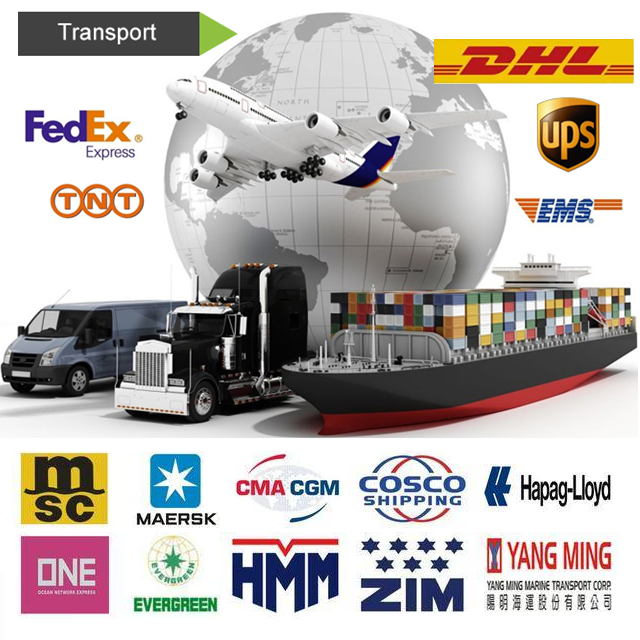
Transportation:
1. We offer various trade methods, including EXW, FOB, CIF, DDU, DDP, etc., allowing customers to choose the most suitable option based on their requirements.
2. We consider the proximity to the factory where the goods are located when selecting the appropriate port of departure.
Customers can provide the destination port where the consignee is located or choose a designated port for delivery.
3. Our transportation methods encompass a wide range of options, including waterway transportation, air transportation, and courier services such as DHL, FedEx, EMS, UPS, TNT, etc.
For waterway transportation, we work with reputable shipping companies such as APL, CMA, CNC, COSCO, EMC, EVERGREEN, HMM, KMTC, MCC, MSC, MSK, ONE, SITC, YML, etc.
Air transportation is available through airlines such as (Air China): CA; (China Southern Airlines): CZ; (China Eastern Airlines): MU; (Garuda Indonesia): GA; (Cathay Pacific Airways): CX; (Cathay Dragon): KA; (Korean Air): (Japan Airlines): JL; (Singapore Airlines): SQ; (Thai Airways International): TG, and more.
4. The transportation time will vary depending on the destination and the chosen transportation method. We will communicate and confirm the estimated time of arrival with the customer prior to shipping.
5. Shipping costs are influenced by factors such as transportation method, weight, size, and destination. We provide shipping cost estimation services to assist customers in budgeting.
6. Once the goods are shipped, we offer order tracking services to provide customers with detailed information about the whereabouts of their shipment. Additionally, based on the selected trade method, we can arrange cargo insurance to provide compensation in the event of loss or damage during transportation.
7. The specific transportation arrangements mentioned above will be coordinated by dedicated personnel, taking into account the actual situation and policies. We strive to tailor the optimal and most cost-effective shipping plan based on the information provided by the customer.
Please note that we are committed to ensuring the smooth transportation of goods and will work closely with customers to address any specific requirements or concerns they may have regarding transportation.










-250x250.png)
-250x250.png)
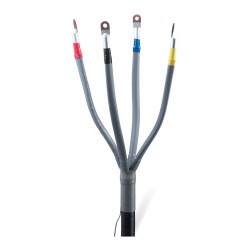
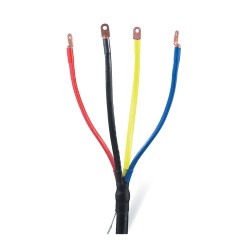
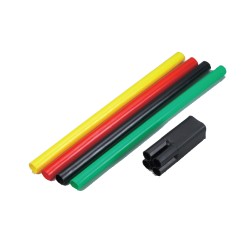
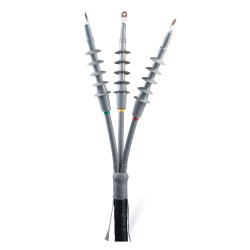
-250x250.png)
-250x250.png)
